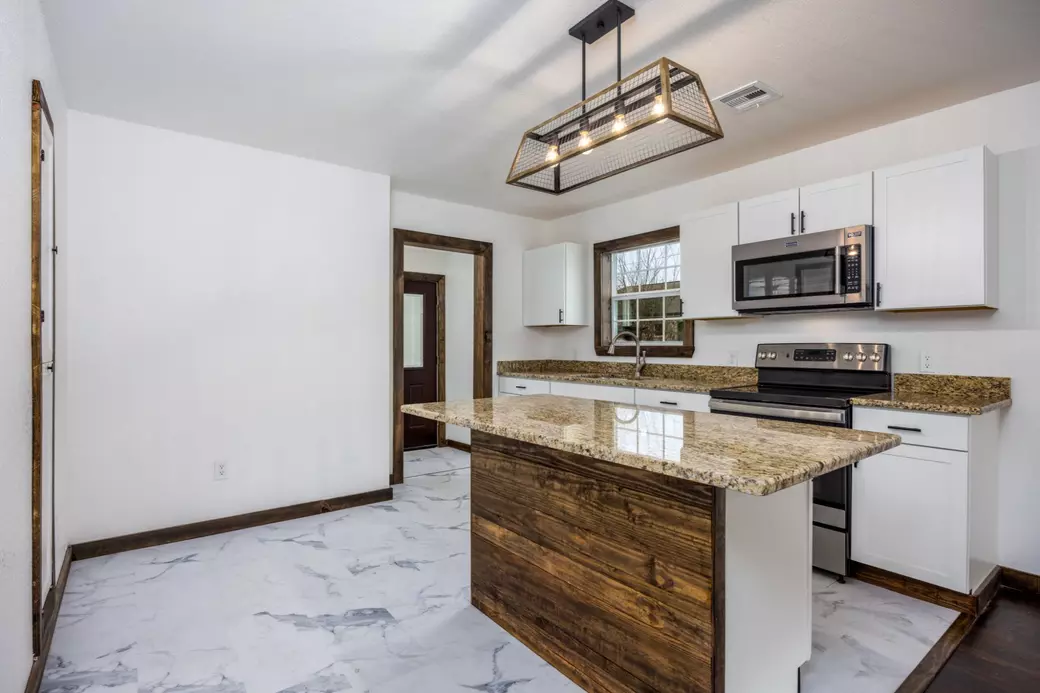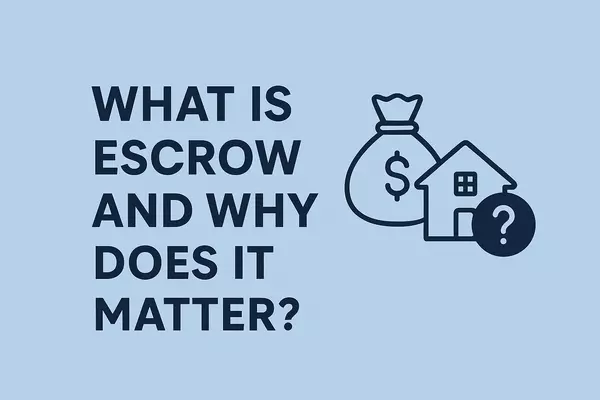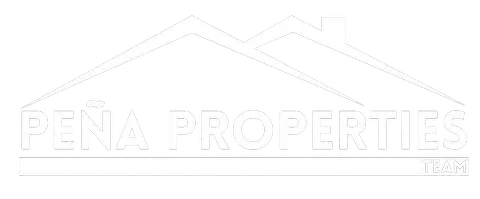5 First-Time House Flipping Mistakes That Can Cost You (and How to Avoid Them)

Flipping your first home can be exciting — and potentially profitable — but it’s not as simple as buying a place, slapping on a fresh coat of paint, and putting up a “For Sale” sign.
If you're looking at investment properties or eyeing a fixer-upper on the market, understanding where many first-time flippers go wrong can help you steer clear of expensive lessons. Here are five mistakes to avoid if you want your flip to finish in the black.
1. Paying Too Much Upfront
The number one trap? Overpaying from the start. It’s easy to fall in love with a property and forget the numbers, but emotions can be costly in this business.
A simple rule of thumb: aim to spend no more than 70% of the after-repair value (ARV) minus estimated repairs. For example, if you expect to sell a home for $200,000 after renovations, and the repairs will cost $30,000, you shouldn’t pay more than $110,000 to buy it.
Whether you’re searching through homes in smaller towns or browsing land listings with potential, running the math ahead of time is a must.
2. Trying to Do It All Yourself
We all want to save a buck — but skipping professional help can backfire fast. Sure, painting walls or changing light fixtures is fair game. But when it comes to plumbing, electrical work, or HVAC systems, hiring licensed professionals is well worth the cost.
More than one flipper has watched profits shrink because of months of DIY delays or costly re-dos. Time is money — especially when you’re holding a property.
3. Ignoring the “Soft Costs”
New flippers often budget for the home purchase and repairs… and forget everything else.
Think insurance, utilities, permitting fees, closing costs, and even staging — all of these impact your bottom line.
A good rule? Set aside about 10% of the purchase price for these additional expenses. It helps to know your numbers early, especially when browsing properties or considering homes that need heavy renovation.
4. Underestimating Repairs
You can’t always see what’s behind the walls. That’s why it’s smart to bring in multiple contractors for estimates before closing the deal.
Get at least three quotes and plan for the unexpected. In real estate, a surprise repair is almost guaranteed — and it’s better to be prepared than caught off guard.
5. Listing Too High
Once the work is done, it’s tempting to shoot for the stars with your asking price. But homes that sit on the market too long can turn into profit-eaters. You’re still paying insurance, utilities, and possibly a mortgage while waiting for a buyer.
Run the comps. Look at what similar homes have sold for in the area. Partner with a local real estate agent who understands how to position the property for a quick sale. A smart list price gets eyes on the home, builds momentum, and leads to stronger offers.
Final Thoughts
House flipping isn’t just about choosing the right home — it’s about making the right decisions at every step. Whether you’re scouting rural homes, mobile properties, or smaller-town listings, flipping success comes down to buying right, budgeting well, and pricing smart.
If you’re thinking about getting into the game — or need help finding the right property to start with — I’d love to help you take that first step.
Categories
Recent Posts










GET MORE INFORMATION


